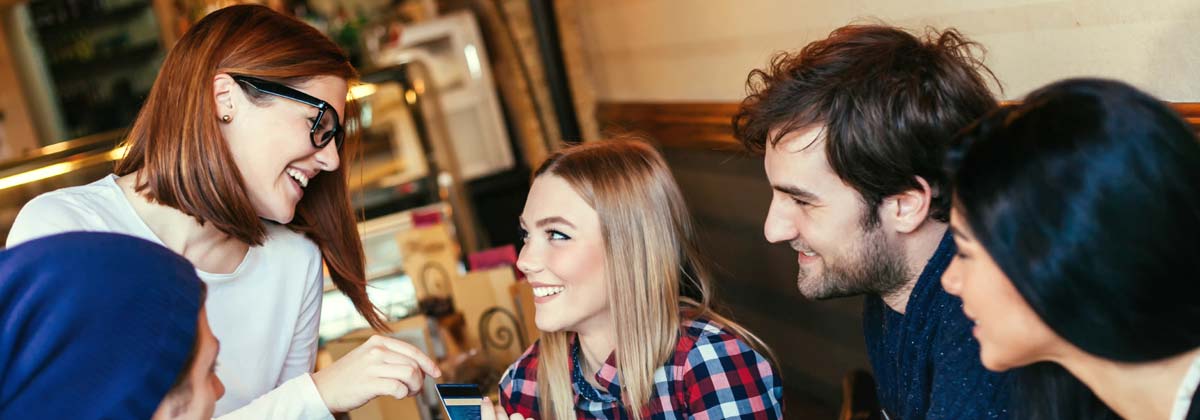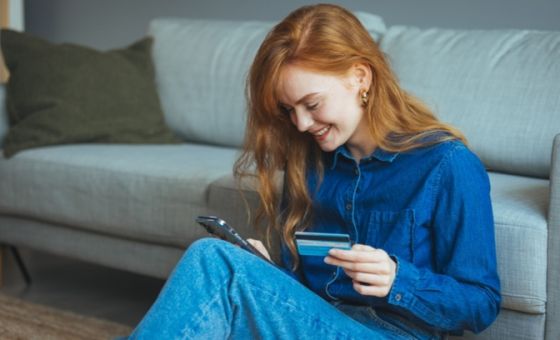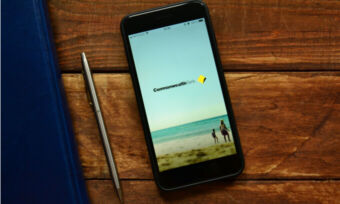What are alternative payment methods?
How many of us still carry cash, and how many have been caught without it? According to transaction statistics from the APCA and the Reserve Bank of Australia, people are making fewer ATM withdrawals and withdrawing less cash each time. In fact, cash transactions in 2015 have reached their lowest levels since 2003.
Splitting the cost of a dinner at a restaurant that doesn’t allow separate payments was easy enough in the days when all of our wallets were bursting with $20 notes. But these days, you’re more likely to feel embarrassed when you reach into your wallet to find there are only debit and credit cards in there.
Alternative payment methods are also good news for people like freelancers. Sole traders and others who work alone often struggle to recover payment from customers who claim they can’t see the bank details on your invoice or say they will pay you once they’ve visited an ATM. Managing Director of PayPal Australia, Libby Roy, said a significant proportion of Australians have difficulty getting paid small amounts they are owed.
Alternative payment methods such as new mobile apps and online payment systems are gaining popularity, preventing these sticky situations and other social and legal battles. According to industry research by WorldPay, alternative payments were used in 43% of transactions globally in 2012, and over 17% of transactions are made using online digital wallets such as PayPal. It is expected that the number of alternative payment transactions will rise to 59% by 2017.
PayPal launches PayPal.Me
One type of alternative payment is the digital wallet – an online account where money can be added from any source and withdrawn by the owner into their private bank account.
PayPal is one of the major digital wallets that has arguably taken over the online shopping scene, with the majority of retailers now offering PayPal as a more secure alternative to paying by credit or debit card. From buying books and shoes online to paying your mobile phone bill, many businesses now ask you to sign in to PayPal to pay.
PayPal have recently launched a new “pay anyone” facility called PayPal.Me. PayPal.Me is designed to make it easier for individual users and businesses to request money from others. PayPal.Me is free to set up – all you need is a free PayPal account.
All you need to do is create your own profile page, then give someone the URL to your page – by sending them a text, emailing them, or posting it on social media – so they can pay you. If you want them to pay you a specific amount, you can specify the amount by adding it to the end of your URL. The money comes straight out of the payer’s PayPal account without them needing to enter any card or account details.
Some may be wondering why PayPal.Me was necessary when PayPal already has a relatively comprehensive Pay Anyone function that lets you pay funds to anyone’s PayPal account if you know their email address.
Many freelancers already take advantage of this function because of the increased security in not having to list your personal bank details at the bottom of every invoice you send out. It’s also more convenient for making payment, as you don’t need to risk sending money to the wrong person because you didn’t triple-check the bank account numbers as you typed them.
Other digital wallets similar to PayPal that are currently available in Australia include PayMate, eWay and POLi.
Apple Pay struggled to find a market in Australia
Apple Pay is a more recent entrant to the market, partnering with American Express and offering a contactless payment method and online and within-app payments using your mobile phone. It’s been active in the US since 2014 and the UK since 2015. While Apple Pay launched in Australia in late 2015, it wasn’t initially welcomed by the big banks.
Why? Well, Apple is asking for the same 15c per $100 interchange fee from Australian banks as they currently get in the US. However, the Australian interchange fee costs half as much as the US fee, so a 15c interchange fee would be far higher than any other business on our market. In Britain, the banks apparently successfully negotiated Apple down to just a few pence per £100 – much more reasonable.
The slow move towards Apple Pay may also be partially because we’ve had contactless mobile phone payment technology on the market here for nearly two years already. Apple Pay is nothing special when we can already use Google Wallet and Samsung Pay – all encrypted with the same fraud detection and payment protection as we have on our credit cards.
In fact, Australia led the world when it came to accepting contactless tap-and-pay credit card transactions. (Although we won’t be the first nation to go completely cashless, since Denmark is set to hit that mark in 2016, with New Zealand following close behind.)
Digital currencies
Apart from digital wallets, the other big trend you need to know about for making everyday transactions is digital currencies. These are open-source, P2P (peer-to-peer) transaction systems such as Bitcoin and Litecoin, which are slowly gaining acceptance.
There are currently some significant barriers to using digital currencies: the governments and the Reserve Bank do not back them, so their value can fluctuate hugely from day to day. However, the Australian Digital Currency Commerce Association (ADCCA) is currently trying to find a way to regulate digital currencies for use in Australia.
So who knows? We could all be paying our bills using “OzCoin” someday.
Other articles you might like
How many Aussies shop online, and how can we stay safe?







